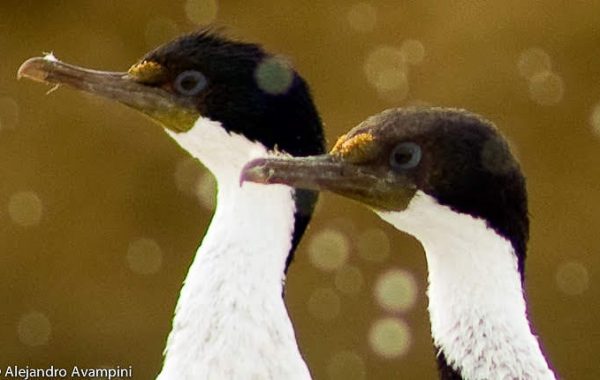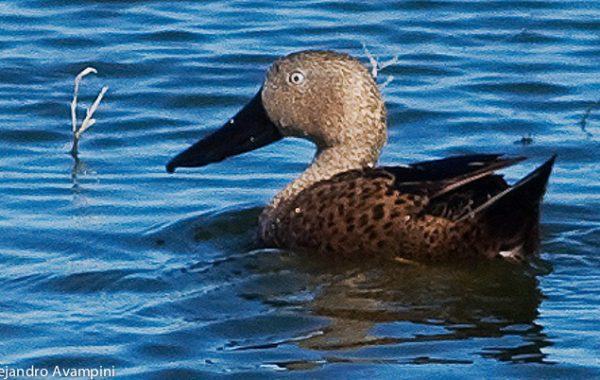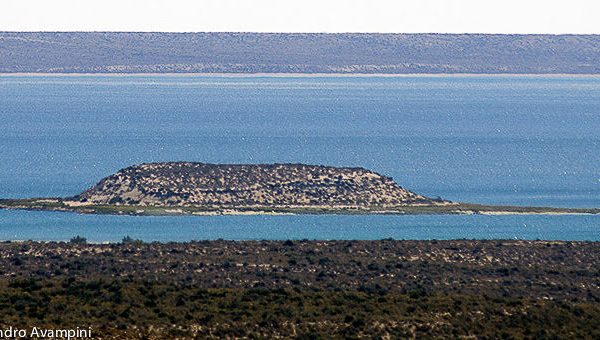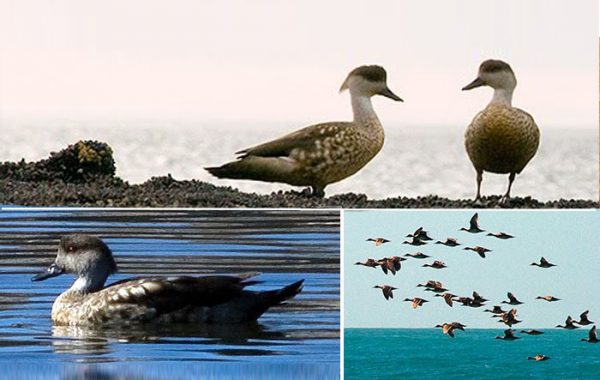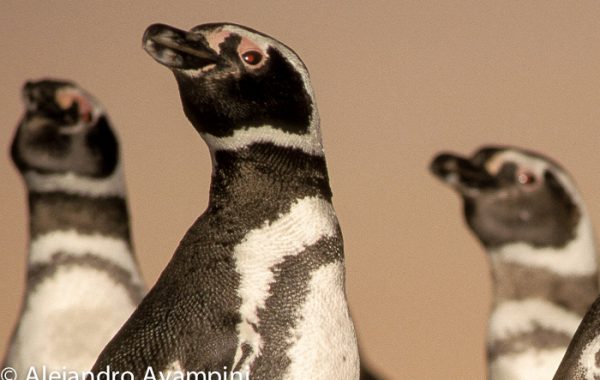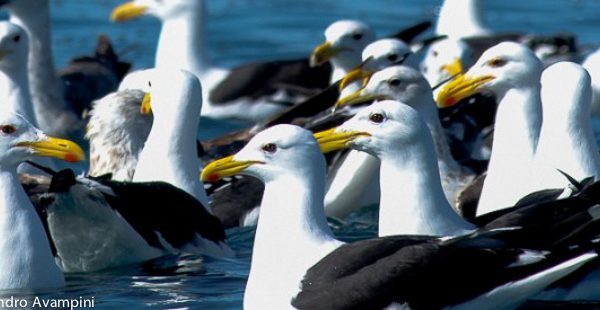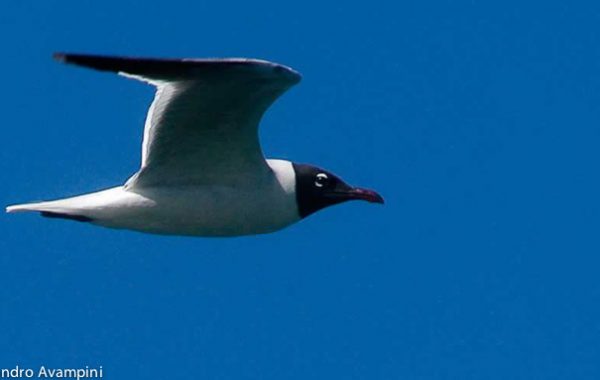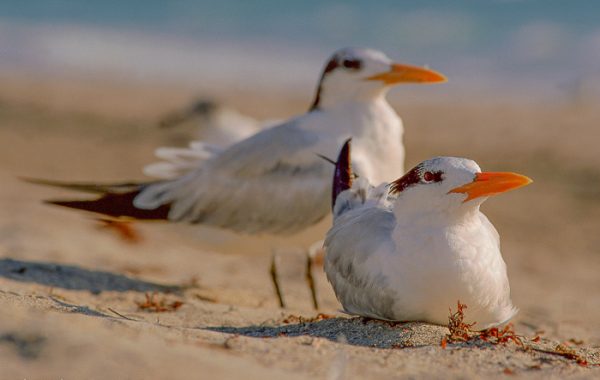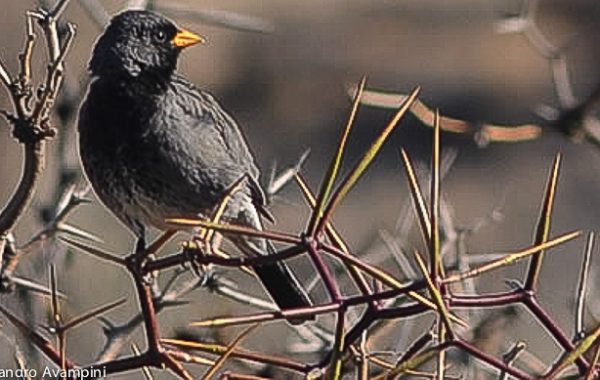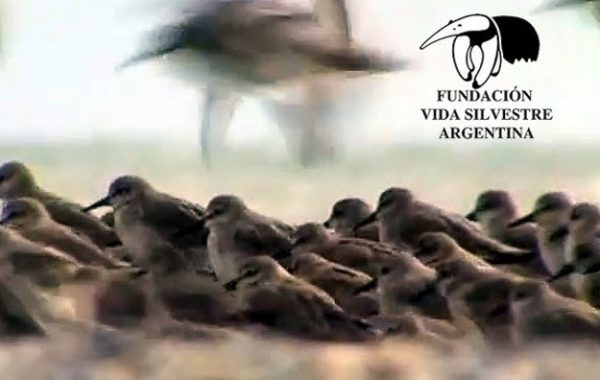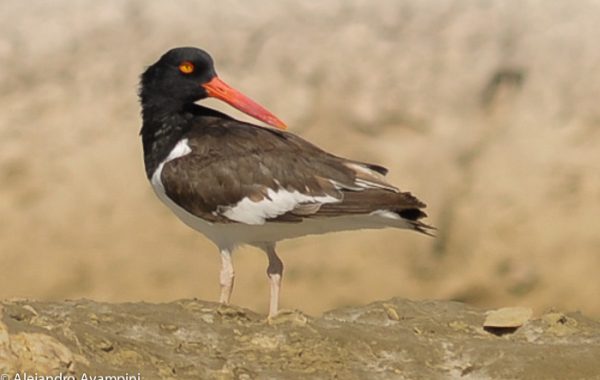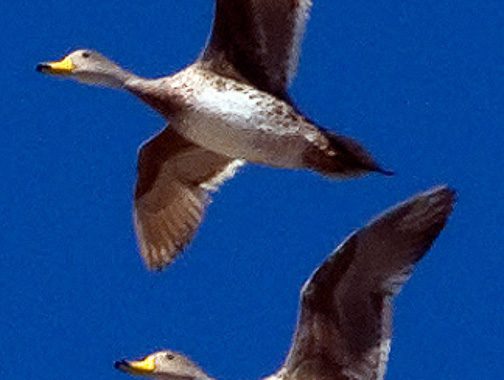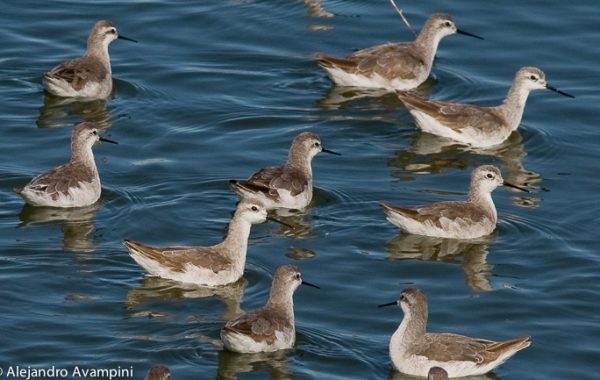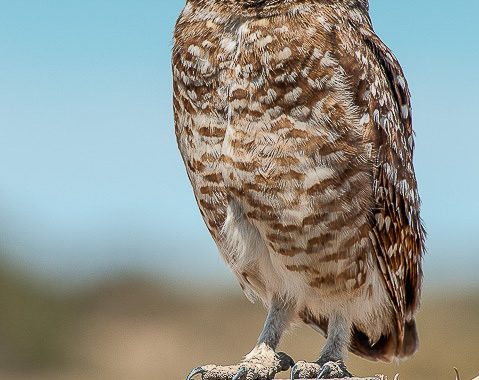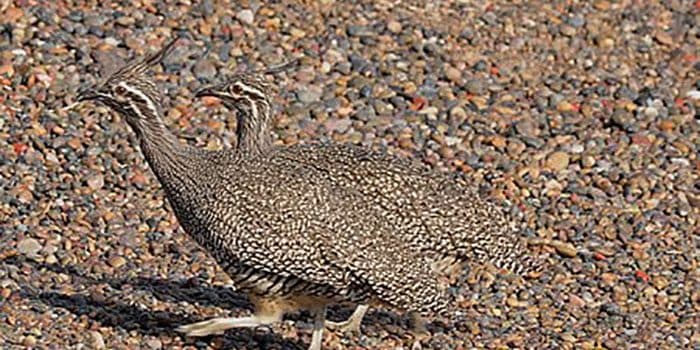Cormorant: Imperial – Rock – Neotropic
Imperial Cormorant Along the entire coast of continental Patagonia, the imperial cormorant is a species almost piscivorous but also feeds on marine invertebrates such as cephalopods, crustaceans, and polychaetes. The Imperial Cormorant consumes a large proportion of pelagic and demersal fishes such as anchovy, hake and some species of mackerel and uses a broad range
Read MoreSouthern Giant Petrel
Shoveler
The Shoveler (Anas platalea) you can see it in Valdes Peninsula. While lives from Tierra del Fuego to the Mesopotamian region (Entre Rios and Corrientes) is not easy to find in this area. It is found in fresh or brackish water and can be seen occasionally on the sea coast. The male has a particularly
Read MoreChoique
The Choique is a Patagonian symbol. Source of inspiration for stories and legends, the rhea is so present in folklore as in all the paths in Patagonia. It is a large, herbivorous, flightless bird. They use their soft wings as stabilizers and are fast runners. It is one of the two “American ostriches”, but unlike
Read MoreThe birds island that is not an island
Crested Duck
The Crested Duck (Lophonetta specularioides) is a bird from South America and of the 2 species that exist, one nest in Chilean Patagonia and Argentina, including the Malvinas Islands. It inhabits freshwater lakes and marine coasts. Therefore Peninsula Valdes comes in the spring because it is a nesting season and the peninsula is great maternity.
Read MoreMagellanic penguins
Seagull and the attack to the Whales
Brown Hooded Gull
The Brown Hooded Gull (Larus maculipennis) gets its name for an obvious reason. Standing at approximately 35cm this bird has a distinct dark-brown head, combined with white and grey plumage over the rest of its body and dark plumage on the tips of its wings and tail feathers. Its beak, feet, and legs are red. According
Read MoreSouth American Tern
The South American Tern is one of the 3 species of terns that nest on the coast of Argentina and is found in Peninsula Valdes. It is rather more difficult to observe that the kelp gull because it has a small population size. The breeding season begins in December and you will be able to
Read MoreCarbonated Sierra-Finch
The Carbonated Sierra-Finch (Phrygilus carbonarius), to the untrained eye, is easily confused with a House Sparrow or Rufous-collared Sparrow. During courting behavior the male’s plumage will darken, differentiating it from the female. With their nest close by, we have observed a darker male in the sand dunes behind Del Nomade, flying from bush to bush
Read MoreRed Knot
Great Grebe
The Great Grebe (Podicephorus major) is a coastal bird that is frequently seen in the Valdes Peninsula. Rarely seen in groups or on dry land, they are generally found swimming in shallow water close to the shore, alone or as a pair. The plumage is primarily rust colored around the neck with a black head
Read MoreCommon Oyster Catcher
The Common Oyster Catcher (Haemantopus palliatus) is a bird that basks in the solitude of the Patagonian Coast living in a life-long mating pair, these birds are bothered by human presence. With a dark brown back, yellow eye and bright red ocular ring and a long red beak, they can reach a size of more
Read MoreYellow-billed Pintail
The Yellow-billed Pintail (Anas georgica) is a bird of South America. Lives from southern Brazil to southern Patagonia. He looks in freshwater lakes and occasionally frequents marine coast. It has a significant extent in terms of habitat preference. They can be seen on the seacoast of Patagonia or greater heights of 13.000 ft ( 4,000 m )
Read MoreTricolor Phalarope
The Tricolor Phalarope (Phalaropus tricolor), is a migratory bird that comes from the Northern Hemisphere and here they have winter plumage, but its name is due to the color that it displays with the summer plumage that you saw in the other Hemisphere. They can be seen in lagoons turning around in circles, they do it
Read MoreSouthern Martin
Southern Martin (Progne modesta) is a migratory bird that reaches the Valdes Peninsula in spring accompanied by its enjoyable song and normally observed in groups. This species can be observed in many areas throughout the American Continent with a migratory route that extends over thousands of kilometers. It is a bird that calls little attention
Read MoreBurrowing Owls
The Burrowing Owl commonly excavates a burrow at the side of fields or by roadsides. Should the entrance become blocked for whatever reason, it will excavate another burrow at the edge of the field. The nesting season runs from October to December. The chicks hatch in 28 days. During hot spells, they can be seen
Read MoreElegant crested tinamou
The Elegant crested tinamou (eudromia elegans) is a species of particular compost, it is a trekking land bird, which is only a case of pursuit, a short flight, prefers the immobile and remains immobile, mimicking the vegetation of the place. Take frequent dust baths. We saw that the website of the birds of Patagonia and
Read MorePatagonian mockingbird
The Patagonian mockingbird (Mimus Patagonicus) is a bird native to America, has an incredible song for the melodious and varied repertoire coupled with an innate ability to imitate sounds. Its plumage is grayish pulling the ocher on the back and lighter feathers on the neck and chest, is a characteristic feature. It is common to
Read More





